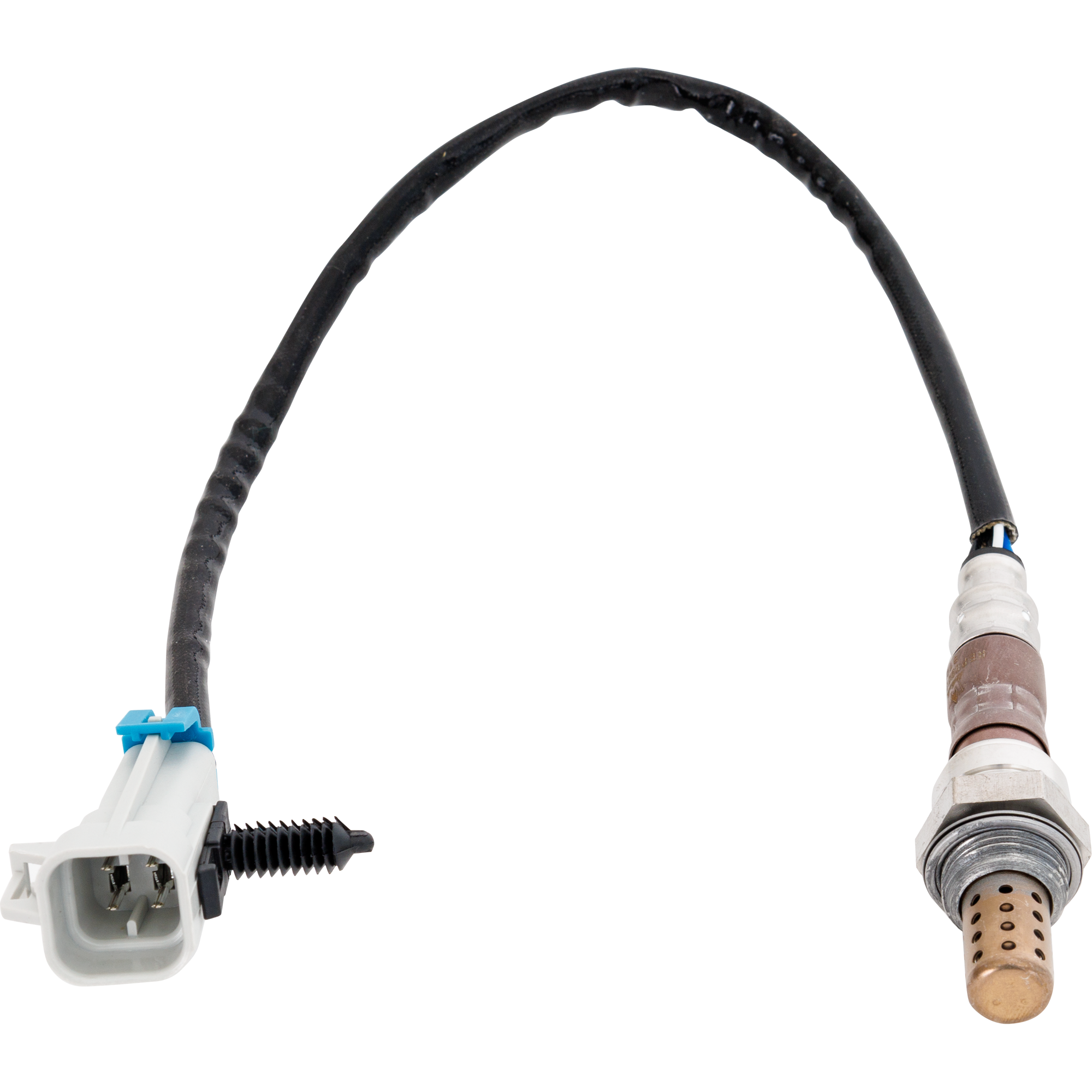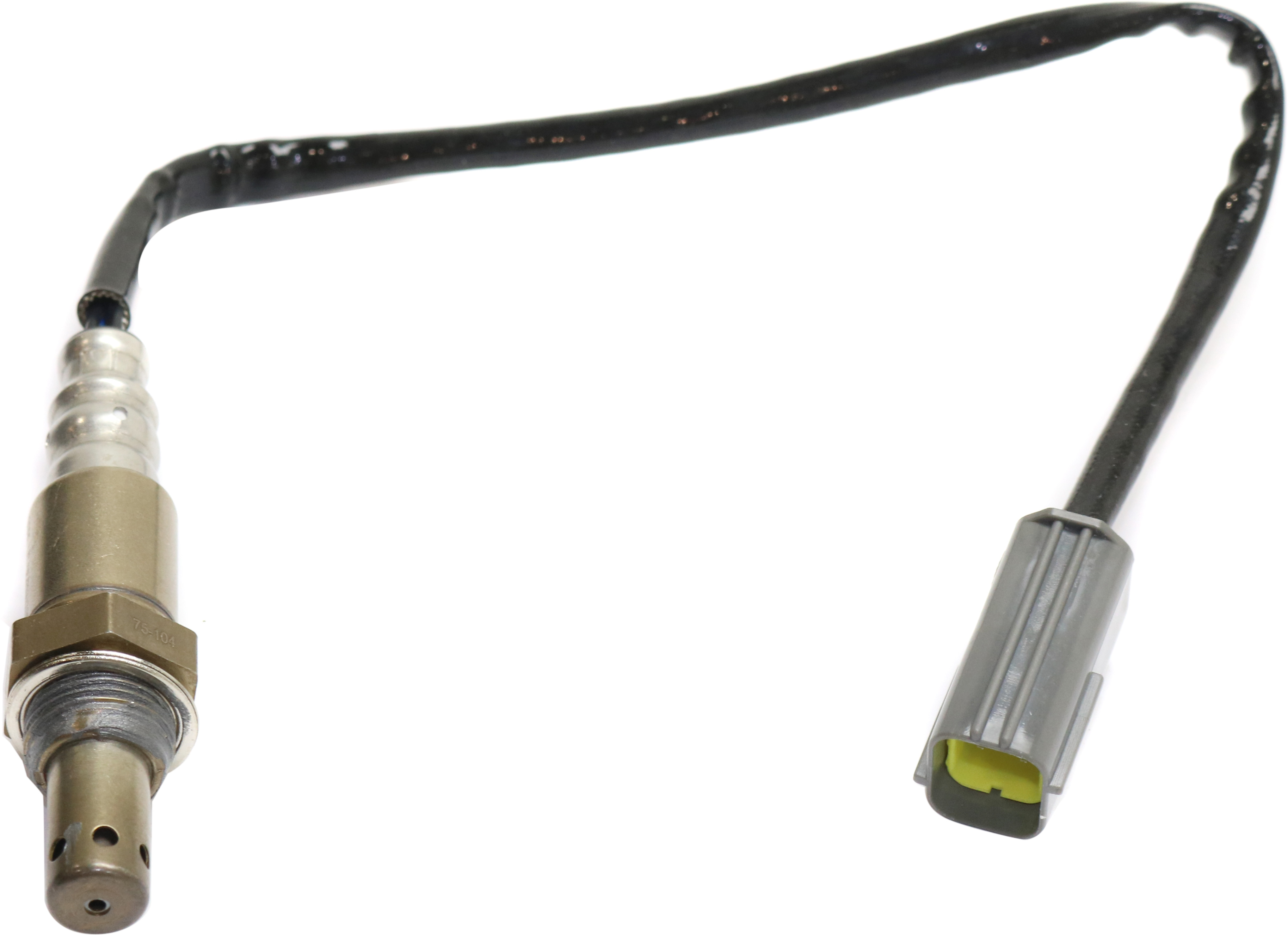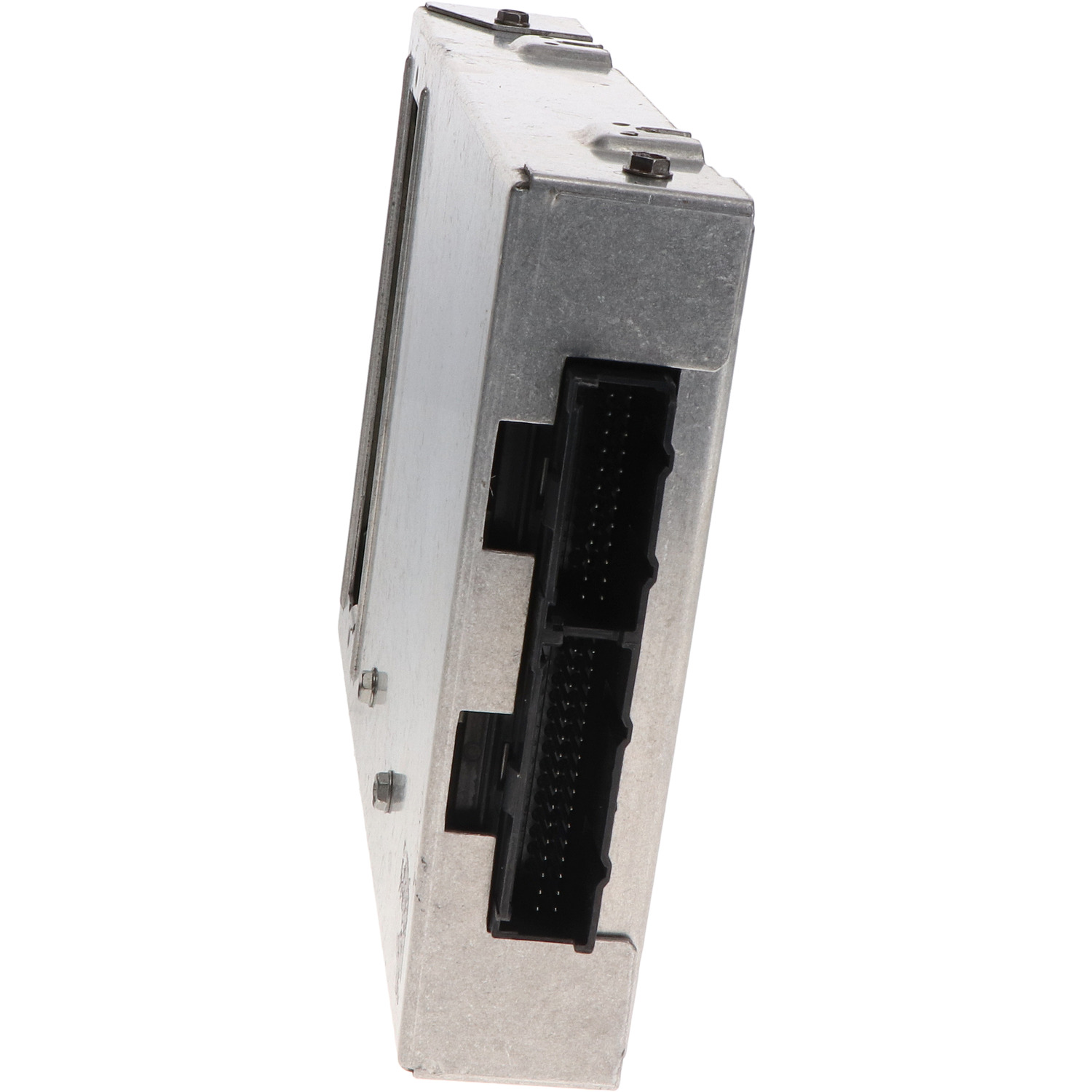Oxygen sensors, also known as O2 sensors, became mandatory in the mid-1900s to reduce vehicle emissions. They detect the amount of oxygen in the exhaust system and rely on built-in heating elements to reach operating temperatures. The P0053 code indicates a potential problem with the bank 1 sensor 1 oxygen sensor’s heater circuit. Learn more about this code, its symptoms, and potential causes with this short guide.
What Does the P0053 Code Mean?
Diagnostic trouble code (DTC) P0053 stands for “Heated O2 Sensor (HO2S) Heater Resistance (Bank 1, Sensor 1). It indicates that the vehicle’s computer or powertrain control module (PCM) perceives a problem in the heater circuit of the pre-catalytic or upstream oxygen sensor.
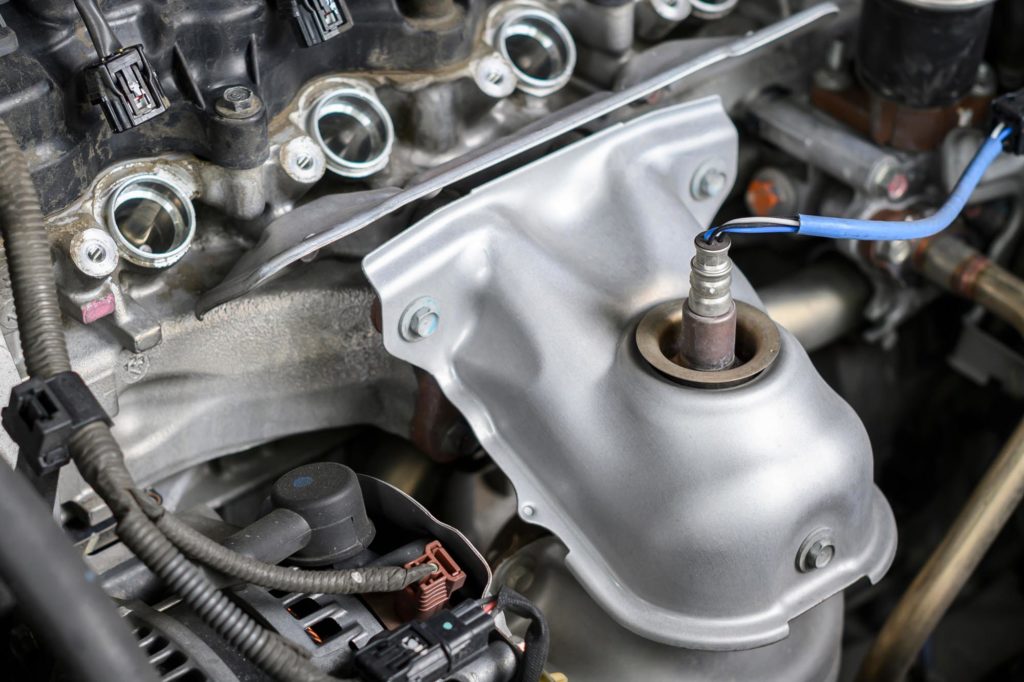
“Bank 1” indicates that the issue affects the engine bank containing the #1 cylinder, while “Sensor 1” indicates that the problem involves the upstream oxygen sensor. For further reading on sensor locations, read our guide on where bank 1 and bank 2 are located.
The oxygen sensor typically comes with a heating element that preheats the sensor during cold start conditions. This speeds up the process of getting the oxygen sensor up to operating temperature. Heated oxygen sensors have a circuit dedicated to heating them in addition to the oxygen sensor signal circuits.
The PCM turns on the oxygen sensor heater when the engine coolant temperature drops below a specific temperature range. The PCM continues to apply voltage to the heating element until the PCM reaches a closed-loop (automatic) operation. Once the engine reaches its normal operating temperature, the PCM stops delivering voltage to the oxygen sensor heater circuit.
The P0053 code gets stored if the PCM detects resistance from the oxygen sensor heater circuit that’s out of the specified range. When this happens, the malfunction indicator light (MIL) or the check engine light will illuminate.

For more information on the heating process of oxygen sensors, you can read “Why Do Oxygen Sensors Need Heat?” Read the following section to learn the most likely causes of P0053.
Note: The definition of the P0053 code may vary depending on the vehicle manufacturer. We recommend checking your trusted repair manual or repair database for the exact code definition.
What are the Possible Causes of the P0053 Code?
As with most OBD-II codes, there are a lot of potential reasons why the code P0053 registers in your vehicle’s memory. Below are just some potential causes for this trouble code:
- Faulty heated O2 sensor Bank 1, Sensor 1
- HO2 sensor Bank 1 Sensor 1 circuit issues, such as damaged wiring and poor connections
- Faulty PCM
- Blown fuse or burnt fusible link
- Defective engine control relay
What are the Common Symptoms of the P0053 Code?

When the oxygen sensor or its related components have issues, it will most likely impact fuel efficiency. Depending on the severity of the problem, other components may get affected. Below are some common symptoms of the P0053 code:
- Check Engine Light on
- Diminished fuel efficiency
- Other related DTC codes may also be stored
How to Diagnose the P0053 Code
Diagnosing an OBD-II code can be difficult since there are a handful of causes for logging the trouble code. As a DIYer, you’d have to rule out unrelated issues to get to the exact root cause, and that may take a while.
Good thing there are various resources you can use to help you with your task. Repair guides and databases are great resources since they usually include visual aids and detailed instructions. Alternatively, you can also consult your local mechanic or technician.
Aside from these, there are other ways to get more information on a specific OBD-II code. Below is a helpful video resource you can use to learn more about the P0053 code:
How to Fix the P0053 Code
There isn’t a single guaranteed solution to OBD-II codes because most of these have many potential causes. Also, repair and diagnosis will differ, depending on the vehicle’s make and model. Intimidating OBD-II repairs may be, it’s not entirely impossible.
For a seasoned DIYer, the best way to deal with the situation is to rely on repair manuals and databases. These manuals provide accurate information that’s specific to your vehicle’s year, make, and model. Also, repair guides come with clear diagrams and instructions so you can finish your task efficiently. However, if you’re not as comfortable with your OBD-II troubleshooting skills, consult a professional mechanic or technician for repairs and such.
Other Notes About P0053
The engine code P0053 has average repair importance and difficulty level. However, it’s still best to address the issue as soon as you can to prevent damage to the catalytic converter and other vehicle components.
Where to Get a New Oxygen Sensor to Clear the P0053 Code
There’s nothing more frustrating than dealing with issues like poor engine performance and fuel economy. If you trace the cause of the P0053 code to a faulty oxygen sensor, don’t put off replacing it.
Fortunately, CarParts.com has exactly what you need. We have a great selection of top-notch oxygen sensors that pass the highest quality control standards from the most reputable names in the industry. Every part we offer is precision-engineered to meet factory specifications.
Everything you need for your daily driver is only a few clicks away when you shop from us. Simply enter your vehicle’s year, make, and model into our vehicle selector to start browsing tailor-fit oxygen sensors for your ride. You can also use the search filters to find an oxygen sensor that matches your preferred brand, price range, and more.
Order now, and we’ll deliver your product straight to your doorstep in as fast as two business days. Also, don’t worry if you’re working with a tight budget. All our products come with a low-price and lifetime replacement guarantee, helping you get the best value for your money.
Don’t leave your daily driver cooped up in the garage for too long. Shop for a durable oxygen sensor replacement to clear this trouble code in no time!
Products Mentioned in this Guide
Shop this Project



Any information provided on this Website is for informational purposes only and is not intended to replace consultation with a professional mechanic. The accuracy and timeliness of the information may change from the time of publication.


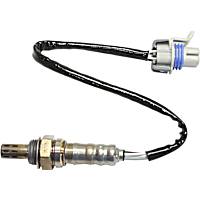 Oxygen Sensor
Oxygen Sensor
 Exhaust System
Exhaust System
